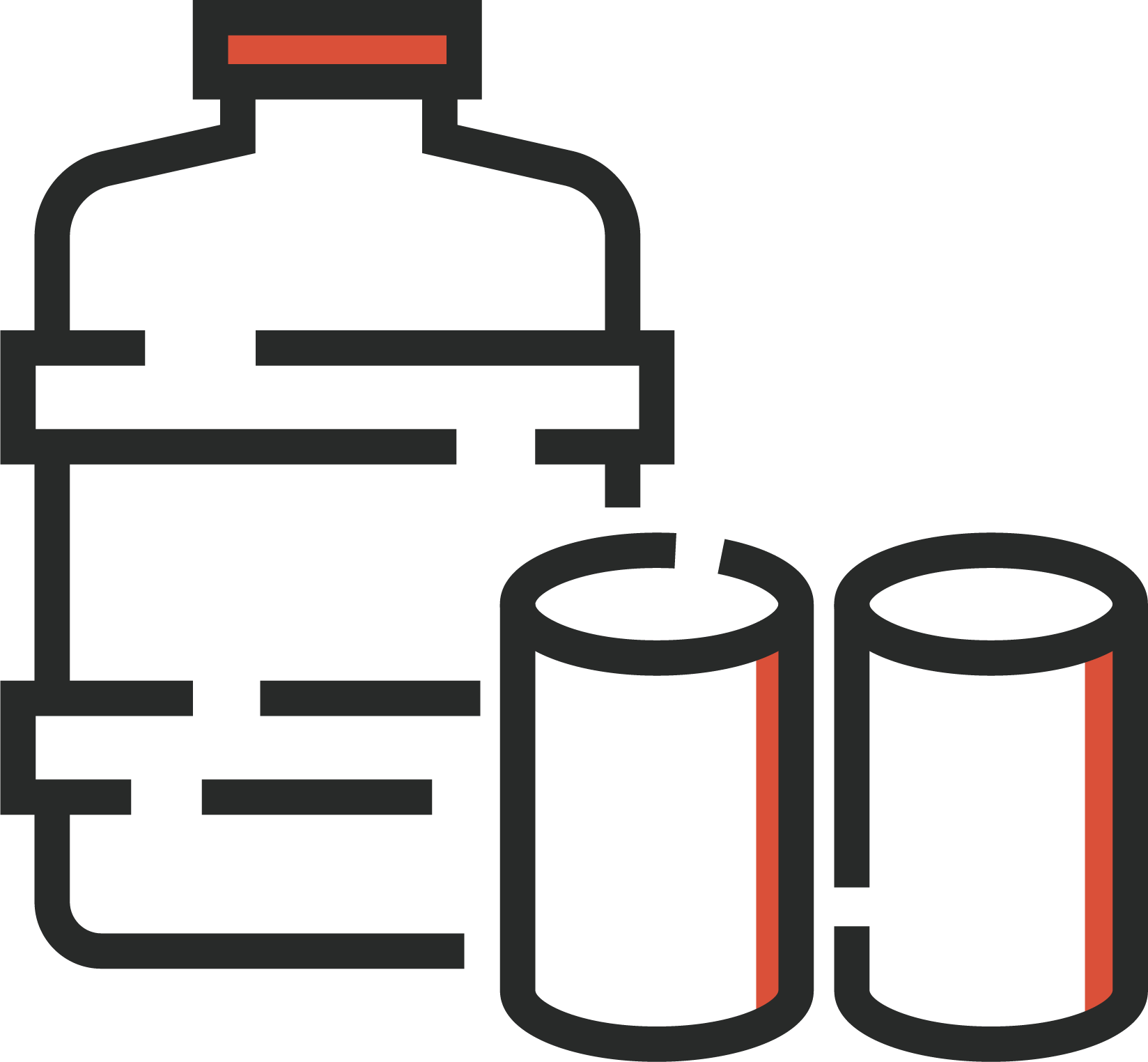Here at Batten, we believe in the peace of mind that comes from preparing yourself for the worst. While great preparation can offer protection, there are always unexpected events. No one can predict or be completely ready for a natural disaster, and anyone affected by a disaster deserves our help this Giving Tuesday.
Contents
What is Giving Tuesday?
Giving Tuesday is a global generosity movement created in 2012. While every day is a good day to do good, Giving Tuesday was made to encourage people to help those in need. This year, the official Giving Tuesday falls on November 30.
5 Charities to Donate to Giving Tuesday 2021
When disasters happen (and they always seem to happen) these five charities are there to help. Choosing a highly ethical charity that truly benefits people in need can be tricky, but we have chosen a few disaster charities you can trust below.
UNICEF
The United Nations Children’s Fund (UNICEF) is one of the most widespread and well-known welfare operations in the world. UNICEF operates in 192 countries and territories. This United Nations agency provides aid to children in need worldwide.
Click here to donate to UNICEF.
American Red Cross
For an organization a little closer to home, donate to the American Red Cross. The American Red Cross provides emergency assistance, disaster relief, and disaster preparedness education in the United States. Click here to donate to the Red Cross.
Center for Disaster Philanthropy
The Center for Disaster Philanthropy (CDP) provides individuals, foundations, and corporations with the tools they need to increase the effectiveness of their disaster responses. The CDP is focused on improving disaster relief funds and systems so that they can provide the most help to people in need. Its primary focus is on education, grantmaking, and consulting to make disaster relief more effective.
Click here to donate to the Center for Disaster Philanthropy.
Direct Relief
Direct Relief exists to improve the health and lives of people affected by poverty or emergencies. This support is available to everyone regardless of political or religious affiliation. Direct Relief is active in all fifty states and eighty countries.
Click here to donate to Direct Relief.
Operation USA
Operation USA is a small international disaster relief and development agency. It aids communities in overcoming disasters, disease, violence and endemic poverty in one hundred and one countries across the globe.
Click here to donate to Operation USA.
Help Communities in Need this Giving Tuesday
Every Thanksgiving people across the United States give thanks, and on Giving Tuesday they get the chance to give help to people in need. Giving Tuesday is a great time to provide help to people across the world who need additional support after disasters or the effects of poverty or disease.
As you aid disaster relief charities, take steps to avoid disaster in your own life. Cybersecurity, home protection, and emergency supplies can protect you and your family from unexpected disasters. Shop the Batten Marketplace for the best home, cyber, and emergency products vetted by experts.
















